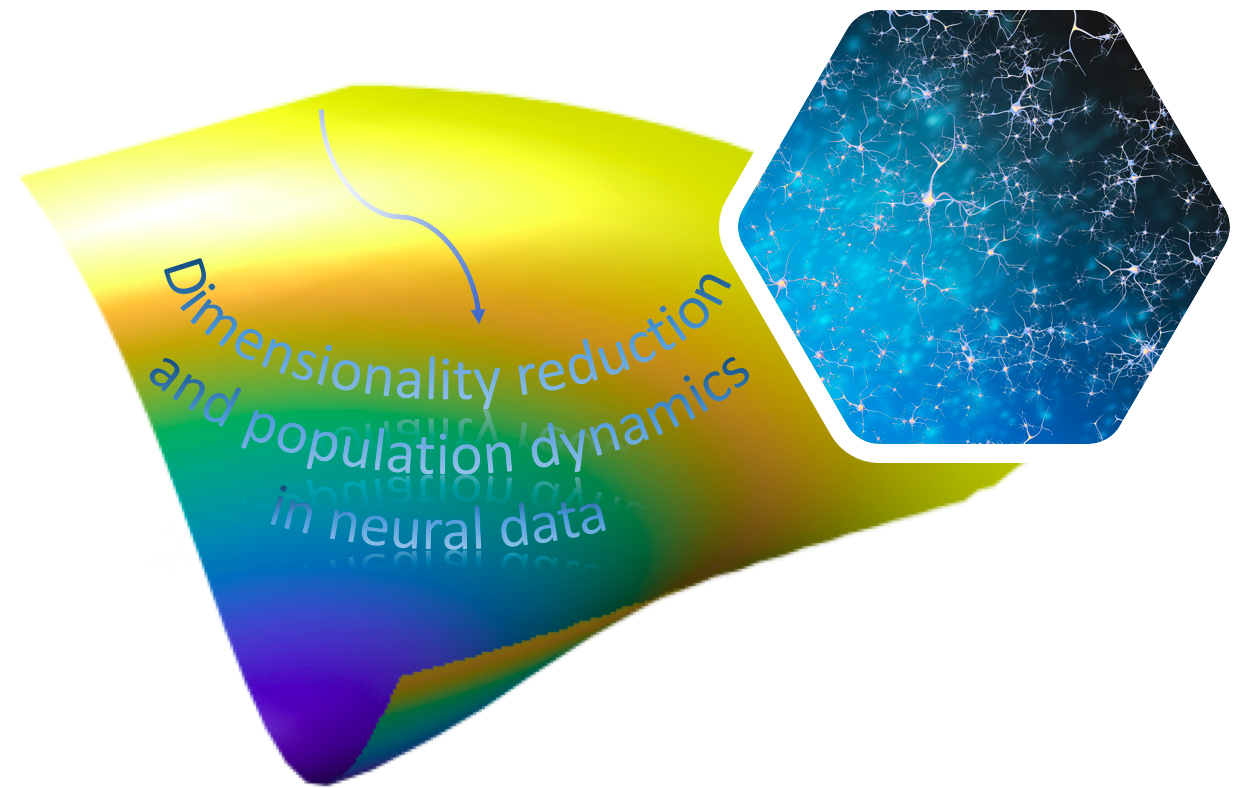Dimensionality Reduction and Population Dynamics in Neural Data
122:026
Nordita

The brain represents and processes information through the activity of many neurons whose firing patterns are correlated with each other in non-trivial ways. These correlations, in general, imply that the activity of a population of neurons involved in a task has a lower dimensional representation. Naturally, then, discovering and understanding such representations are important steps in understanding the operations of the nervous system, and theoretical and experimental neuroscientists have been making interesting progress on this subject. The aim of this conference is to gather together a number of key players in the effort for developing methods for dimensionality reduction in neural data and studying the population dynamics of networks of neurons from this angle. We aim to review the current approaches to the problem, identify the major questions that need to be addressed in the future, and discuss how we should move forward with those questions.
Thanks to our generous speakers, the talks in this meeting will be streamed and can be watched online; see the talks online.
Recorded talks are available here
List of speakers:
- Sara A. Solla (Northwestern Univ)
- Jonathan Pillow (Princeton Univ)
- Matteo Marsili (ICTP)
- Maneesh Sahani (Gatsby Unit, UCL)
- Ken Harris (UCL)
- Arvind Kumar (KTH)
- Alfonso Renart (Champalimaud Neuroscience Programme)
- Taro Toyoizumi (Riken)
- Sophie Deneve (École normale supérieure)
- Barbara Feulner (Imperial College London)
- Soledad Gonzalo Cogno (Kavli Institute, NTNU)
- Srdjan Ostojic (École normale supérieure)
- Benjamin Dunn (Math Dept, NTNU)
- Devika Narain (Erasmus University Medical Center)
- Tatiana Engel (Cold Spring Harbor Laboratory)
- Mark Humphries (University of Nottingham)
Organizers:
- Yasser Roudi (Kavli Institute, NTNU and Nordita)
- Soledad Gonzalo Cogno (Kavli Institute, NTNU)
- John Hertz (Nordita and the Niels Bohr Institute)
Sponsored by:
This event is financially supported by the Norwegian Research Council (Centre for Neural Computation grant) and the Hertie Foundation (the Eric Kandel Young Neuroscientist Prize to Yasser Roudi).




